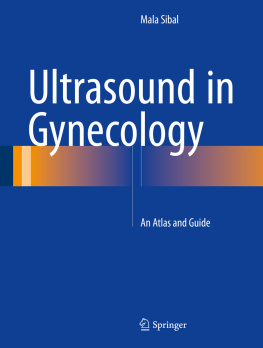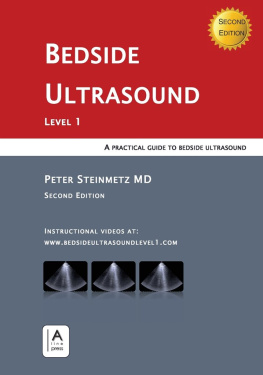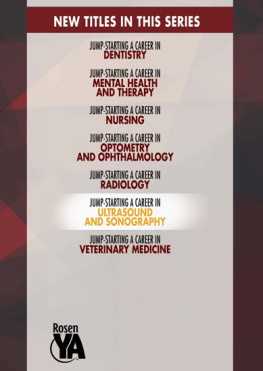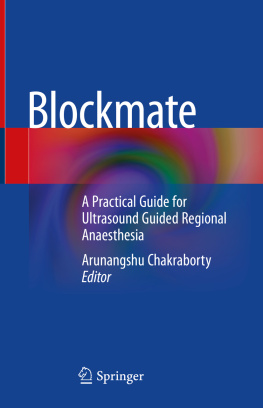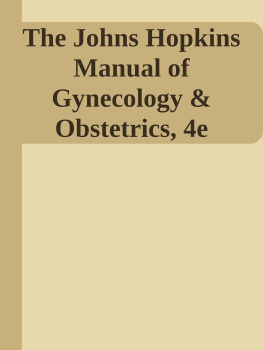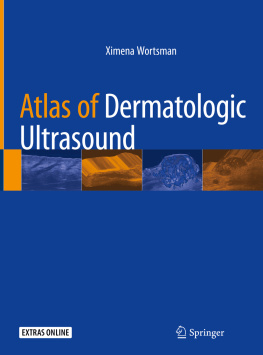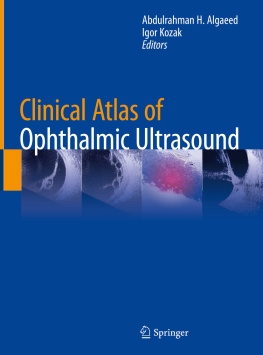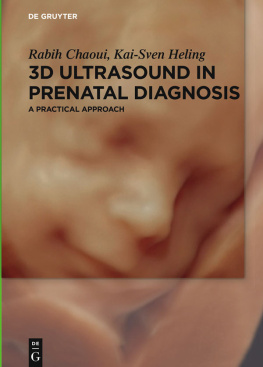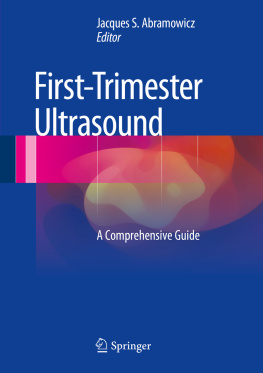Sibal - Ultrasound in Gynecology: an Atlas and Guide
Here you can read online Sibal - Ultrasound in Gynecology: an Atlas and Guide full text of the book (entire story) in english for free. Download pdf and epub, get meaning, cover and reviews about this ebook. City: Singapore, year: 2017, publisher: Springer, genre: Home and family. Description of the work, (preface) as well as reviews are available. Best literature library LitArk.com created for fans of good reading and offers a wide selection of genres:
Romance novel
Science fiction
Adventure
Detective
Science
History
Home and family
Prose
Art
Politics
Computer
Non-fiction
Religion
Business
Children
Humor
Choose a favorite category and find really read worthwhile books. Enjoy immersion in the world of imagination, feel the emotions of the characters or learn something new for yourself, make an fascinating discovery.
- Book:Ultrasound in Gynecology: an Atlas and Guide
- Author:
- Publisher:Springer
- Genre:
- Year:2017
- City:Singapore
- Rating:3 / 5
- Favourites:Add to favourites
- Your mark:
- 60
- 1
- 2
- 3
- 4
- 5
Ultrasound in Gynecology: an Atlas and Guide: summary, description and annotation
We offer to read an annotation, description, summary or preface (depends on what the author of the book "Ultrasound in Gynecology: an Atlas and Guide" wrote himself). If you haven't found the necessary information about the book — write in the comments, we will try to find it.
Sibal: author's other books
Who wrote Ultrasound in Gynecology: an Atlas and Guide? Find out the surname, the name of the author of the book and a list of all author's works by series.
Ultrasound in Gynecology: an Atlas and Guide — read online for free the complete book (whole text) full work
Below is the text of the book, divided by pages. System saving the place of the last page read, allows you to conveniently read the book "Ultrasound in Gynecology: an Atlas and Guide" online for free, without having to search again every time where you left off. Put a bookmark, and you can go to the page where you finished reading at any time.
Font size:
Interval:
Bookmark:
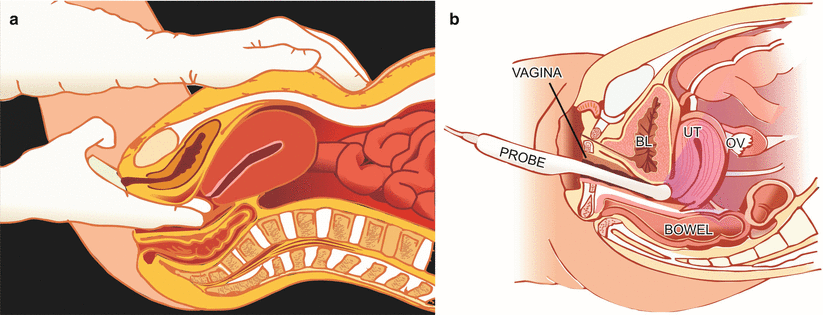
- Very often one may be able to see sufficiently well on TAS even with a suboptimally filled bladder. Especially in cases that are to be followed by TVS, there is no need to insist that the bladder should be further filled.
- In emergency cases (like a case of a ruptured ectopic pregnancy), waiting for the bladder to fill may not be justified.
- In cases with a previous caesarean, the bladder may be adherent to the uterus at the site of the LSCS scar, and filling the bladder so as to visualise the upper uterus may not be possible. Instead, the more the patient fills her bladder, the more the lower uterine body and cervix get stretched, causing discomfort.
- With a very large and bulky uterus, a full bladder may not be able to overlie the entire uterus. Very often in these cases, the bulky uterus itself pushes the intestines out of the pelvis into the upper abdomen.
Font size:
Interval:
Bookmark:
Similar books «Ultrasound in Gynecology: an Atlas and Guide»
Look at similar books to Ultrasound in Gynecology: an Atlas and Guide. We have selected literature similar in name and meaning in the hope of providing readers with more options to find new, interesting, not yet read works.
Discussion, reviews of the book Ultrasound in Gynecology: an Atlas and Guide and just readers' own opinions. Leave your comments, write what you think about the work, its meaning or the main characters. Specify what exactly you liked and what you didn't like, and why you think so.

